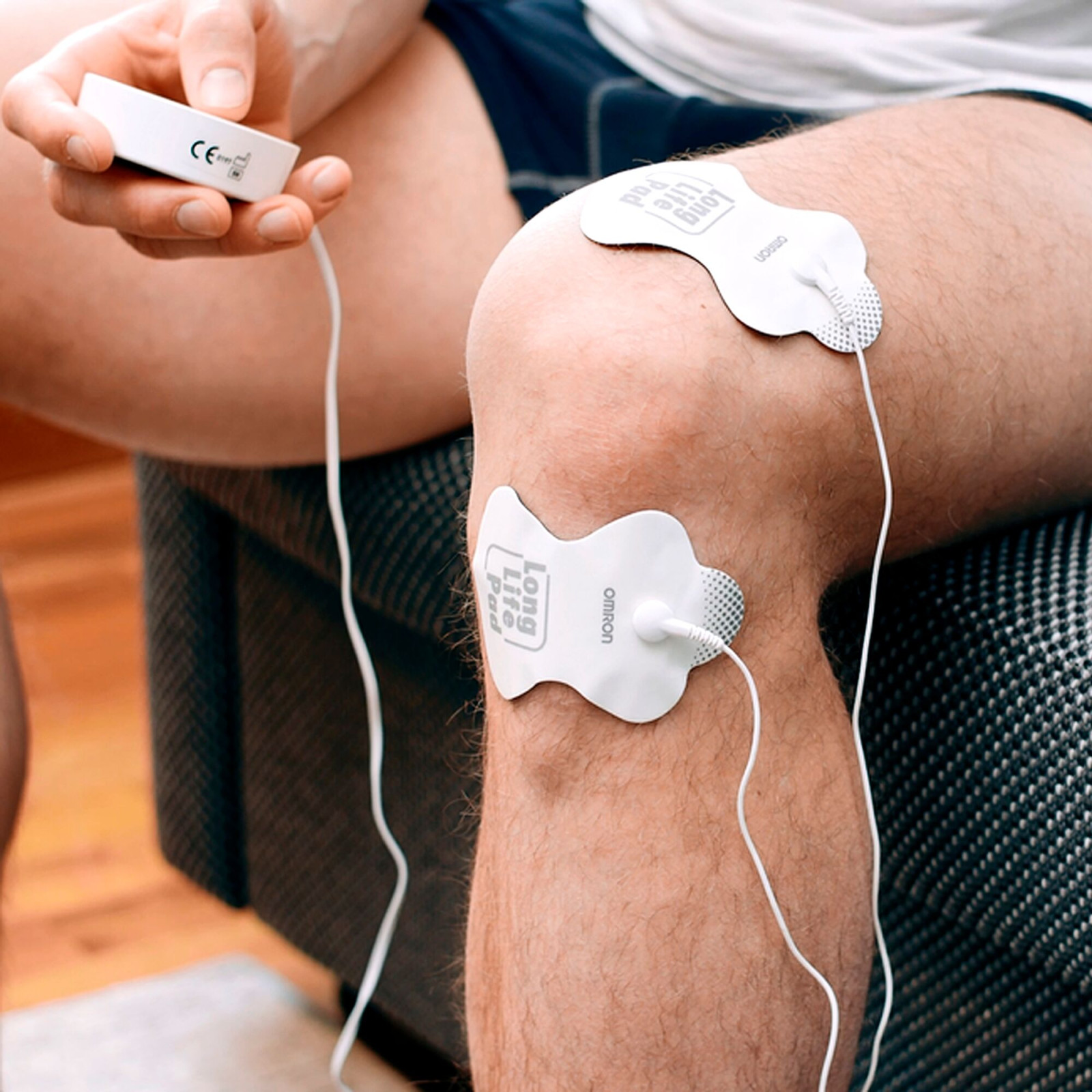Body Aches and Pains
Joint pain: symptoms, causes and treatment
Joint pain: symptoms, causes and treatment What is joint pain? The human body has around 400 joints, all of which give the body mobility and flexibility but are also potential sources of pain. Joint pain, which mainly (but not exclusively) occurs with age, is one of the most widespread health problems.

What is joint pain?
The human body has around 400 joints, all of which give the body mobility and flexibility but are also potential sources of pain. Joint pain, which mainly (but not exclusively) occurs with age, is one of the most widespread health problems. Joints, which interconnect the various parts of the body, are also complex mechanisms that are made up of multiple elements, including cartilage, ligaments, membranes, fluids and tissue. Joint pain can therefore have multiple causes.
What are the types of joint pain?
Joint pain can be divided into three categories:
Inflammatory arthritis: pain caused by inflammation or infection (this is often the case when the joint is red and swollen and the pain flares up at night time)
Osteoarthritis: pain with a mechanical cause, resulting from wear and tear of the joint cartilage (this is often the case when the joint is stiff on waking and the pain decreases as you move the joint), often managed with a joint pain reliever. Joint pain can also be caused by an accident or injury, occurring after an impact or fall, for example.
What are the symptoms of joint pain?
Joint pain can manifest itself in several ways. It can start for no apparent reason or during a specific movement, come on gradually or suddenly, decrease or persist at rest, and last for a short time or a long time. It may also be accompanied by various different symptoms, which can be more or less debilitating:
Joint stiffness, often after a period of inactivity or in the morning
Swelling
Redness
A sensation of heat in the joint
Impaired flexibility
Loss of mobility
What are the causes of joint pain?
Joint pain can have a number of causes, each potentially requiring a joint pain reliever:
Traumatic cause: when the pain comes on after an accident, fall, or a knock or impact to the joint. Examples include sprains, dislocations, or pulls and strains.
Inflammatory cause: when the pain comes from an inflamed part of the joint. When the whole joint is affected, it is referred to as inflammatory arthritis, and when the inflammation affects the tendons, it is called tendinitis.
Mechanical cause: when the pain is the result of malformation or age-related wear and tear, such as osteoarthritis. Osteoarthritis, which usually begins after the age of 50 and particularly affects the shoulders, elbows, wrists, hands, hips, knees and feet, is also one of the most common causes of joint pain.
Infectious cause: when the pain is associated with a virus (i.e. the flu or chikungunya).
Crystal deposits: when the pain is caused by sodium urate crystals being deposited in the joints, as in the case of gout.
In all cases, if the pain is accompanied by swelling or redness, gets worse and persists, especially if you also have a fever, you should consult a doctor as a matter of urgency.
How to treat joint pain?
If the joint pain is mild, some rest and painkillers is usually enough for joint pain relief. For minor injuries, we recommend applying a cold pack (ice), then resting, elevating and compressing the affected limb with a bandage. If the pain is caused by inflammatory or osteoarthritis, we recommend that you apply heat (because it improves blood circulation, thus soothing the joint), as well as resting the joint. For joint pain caused by a more serious condition, the doctor will prescribe painkillers in addition to treating the underlying condition.
For painful joints, some specific muscle-strengthening exercises may also be prescribed in order to avoid making the condition worse. Water-based exercise is especially good for joint pain because your joints do not have to support your body-weight in the water.
Drug-free, clinically validated pain reliever: TENS technology
There are also other solutions for joint pain relief, drug-free. This is where OMRON’s range of pain relievers come in — helping you to relieve your muscle and joint pain using Transcutaneous Electrical Nerve Stimulation (TENS). HeatTens even combines soothing heat with TENS technology for optimum results.
References:
PasseportSanté. Joint pain: what it means. Retrieved from www.passeportsante.net/fr/Actualites/Dossiers/DossierComplexe.aspx?doc=douleurs-articulations-mal-aux-articulations-oui-mais-comment-